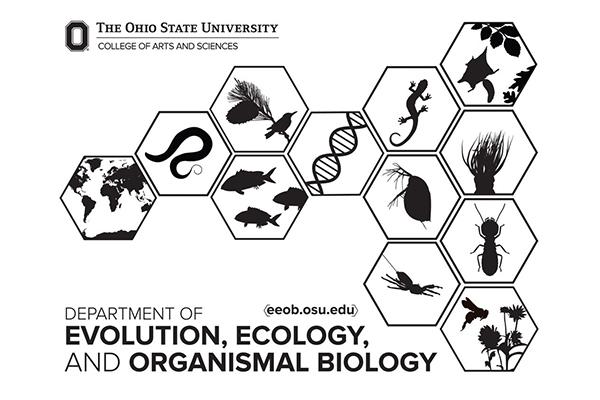EEOB publications November 1 - November 30

Limited genetic differentiation of Mycetomoellerius mikromelanos in Parque National Soberanía, Panama: Implications for queen dispersal
Cody Raul Cardenas, Andrew J. Mularo, Andreas S. Chavez, Rachelle M. M. Adams. 2022. Biotropica. https://doi.org/10.1111/btp.13171
Abstract
The coevolutionary relationship between fungus-growing ants (Formicidae: Attini: Attina) and their symbionts has been well studied in the Panamanian rain forests. To further understand the ecological context of these evolutionary relationships, we have examined the population-genetic structure of the fungus-growing ant species Mycetomoellerius mikromelanos Cardenas, Schultz, Adams 2021 in the Panama Canal Zone. We specifically investigated the presence of population structure, the significance of geographic features (i.e., creeks) limiting gene flow, and relatedness between ant colonies. To accomplish this, we genotyped 85 ant colonies from nine creeks across an approximately 30 km transect in Parque National Soberanía, Panama, using double-digest restriction-site-associated DNA sequencing. We did not find distinct population structure using two genetic clustering methods; however, we did detect an effect of isolation by distance. Furthermore, related colonies were frequently detected on the same creek or neighboring creeks, and some at further geographic distances. Collectively, these findings demonstrate that new colonies tend to establish on natal creeks and occasionally on distant creeks following long-distance dispersal events. We discuss how population-genetic patterns reveal the natural history of M. mikromelanos in Parque National Soberanía and how these results fit into the context of fungus-growing ant mutualisms.
